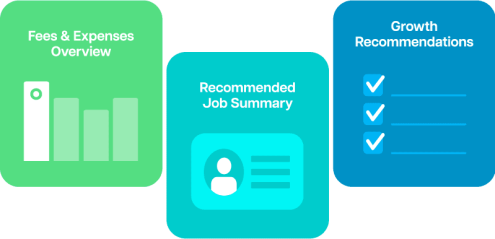Sustainable construction has shifted from being just a trend to becoming a necessity in the built environment. In Australia, the increasing demand for eco-friendly building practices is driving the need for sustainable engineering solutions. These solutions focus on reducing energy consumption, minimising environmental impact, and meeting green building standards, such as those set by the Green Building Council of Australia (GBCA).
To stay competitive, Architecture, Engineering, and Construction (AEC) firms are turning to outsourcing as a crucial strategy, enabling them to adopt sustainable practices more efficiently and cost-effectively.
What Are Sustainable Engineering Solutions?

Sustainable engineering solutions are practices focused on designing and constructing buildings that minimise their environmental footprint. These solutions prioritise energy efficiency, resource conservation, and waste reduction to create structures that are both eco-friendly and cost-effective.
Key Components of Sustainable Engineering Solutions
- Energy efficiency: Using technologies like solar panels, geothermal heating, and efficient insulation to reduce energy consumption.
- Water conservation: Incorporating rainwater harvesting systems and low-flow fixtures to conserve water.
- Low-impact materials: Utilising recycled steel, low-carbon concrete, and eco-friendly insulation materials.
- Waste reduction: Implementing efficient waste management practices and recycling during construction.
Offshore Outsourcing for Sustainability
AEC firms are increasingly outsourcing specialised tasks to offshore experts, allowing them to access cutting-edge knowledge and reduce costs. Tasks that can be outsourced include:
- Sustainable design and energy modelling
- Material sourcing for eco-friendly construction
- Green certification consulting to ensure projects meet environmental standards like those set by the GBCA.
Outsourcing these roles enables firms to tap into global expertise without expanding in-house teams, reducing overhead costs and speeding up project delivery.
Key Innovations Driving Australia’s Green Building Movement
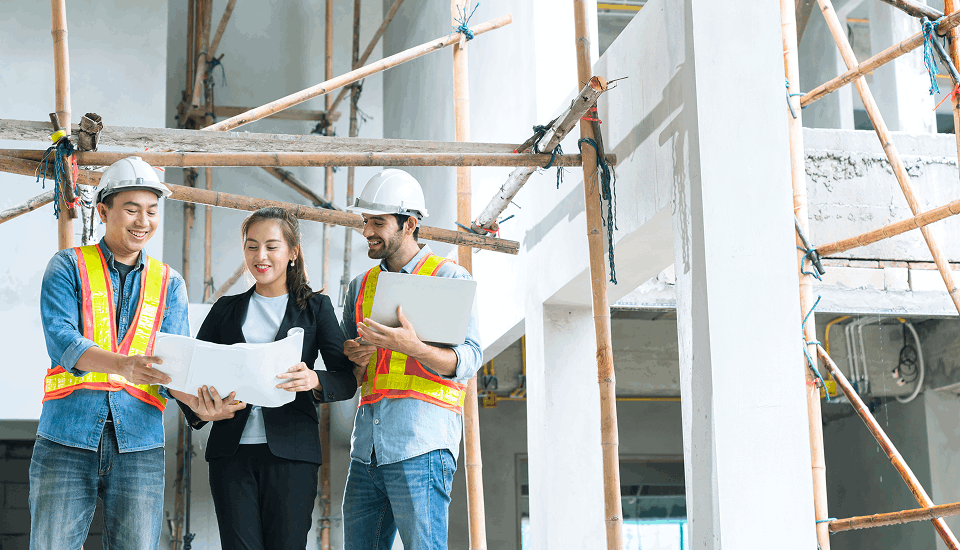
Australia is embracing several innovative technologies to enhance green building practices. These innovations help reduce environmental impact while improving building performance.
3D-Printed Construction
3D printing has revolutionised the construction industry by:
- Minimising waste: Only the necessary materials are used, which reduces material excess.
- Speeding up construction: Projects are completed faster than traditional methods.
- Energy-efficient designs: Complex, energy-efficient layouts are easier to implement with 3D printing.
Green Materials and Low-Carbon Concrete
Sustainable construction materials, such as recycled steel and low-carbon concrete, significantly reduce the carbon footprint of buildings. Other sustainable options include eco-friendly insulation materials like hempcrete and sheep wool.
Smart Buildings and Energy Management Systems
Buildings equipped with smart technologies use AI to optimise energy usage. These systems:
- Adjust energy consumption based on occupancy to reduce waste.
- Integrate renewable energy sources like solar panels and wind turbines, making buildings energy-positive or net-zero.
Sustainable Water Solutions
Water conservation technologies, such as rainwater harvesting and greywater recycling systems, help buildings reduce water usage significantly. Water-efficient fixtures and smart irrigation systems further conserve resources.
Renewable Energy Integration
Buildings are incorporating solar panels, wind turbines, and geothermal systems to generate clean, renewable energy onsite, contributing to a sustainable future. Energy storage solutions allow for the storage of excess energy for later use.
The Role of Construction Outsourcing in Sustainable Engineering
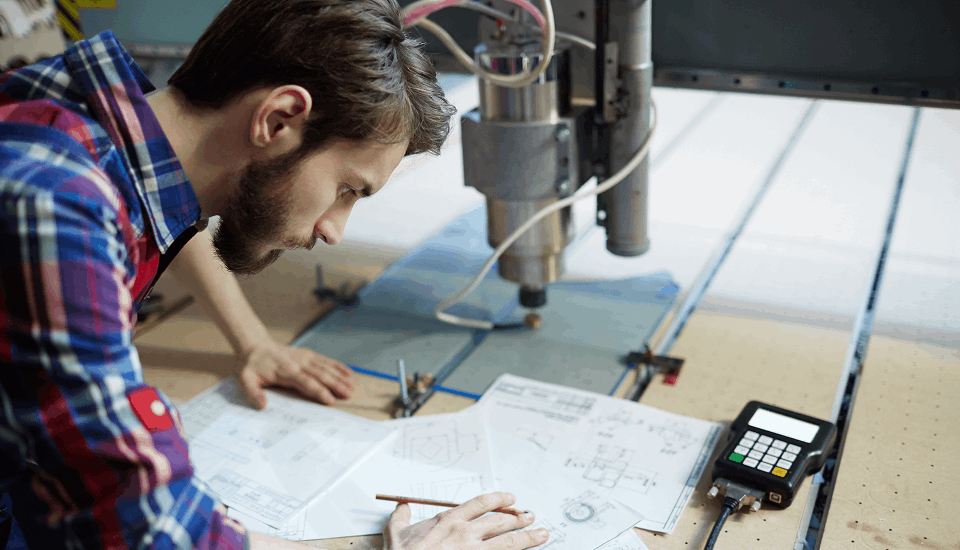
As demand for sustainable engineering solutions rises, outsourcing has become a strategic tool for AEC firms. Offshore outsourcing allows firms to access global expertise, reduce costs, and accelerate their adoption of green building practices.
1. Access to Expert Knowledge and Specialised Skills
Outsourcing allows AEC firms to collaborate with global experts in sustainable design, energy modelling, and green construction techniques. These offshore experts bring a wealth of knowledge about:
- Sustainable materials: Understanding the latest eco-friendly materials that reduce the carbon footprint of construction projects.
- Energy-efficient building practices: Offshore engineers can help optimise designs to improve energy efficiency and ensure buildings meet green standards.
- Building certifications: Outsourced consultants can assist in ensuring projects comply with certifications from organisations like the Green Building Council of Australia (GBCA), helping businesses attain green building ratings.
2. Cost-Effective Solutions for Sustainability
While green building solutions can have higher upfront costs, outsourcing helps offset some of those expenses by providing access to affordable expertise. By partnering with international firms, AEC companies can:
- Reduce overheads: Access cost-effective offshore services for sustainable design, materials sourcing, and regulatory compliance.
- Leverage global suppliers: Offshore outsourcing gives AEC firms the ability to source sustainable materials at competitive prices, reducing the overall cost of construction.
- Scale projects efficiently: Outsourcing allows companies to quickly expand their capacity for large-scale, green construction projects, increasing their marketability as sustainable builders.
3. Improved Efficiency and Faster Project Completion
With outsourced specialists handling aspects such as green certifications, design modelling, and material sourcing, construction timelines are often shortened, and efficiency is improved. This allows firms to:
- Meet sustainability goals on time: Outsourcing helps ensure that green building standards are met within tight project deadlines.
- Streamline operations: Offshore teams can take on crucial tasks, enabling in-house teams to focus on core business operations and improving overall project management efficiency.
4. Increased Capacity for Innovation
Outsourcing allows AEC firms to work with experts in emerging sustainable technologies such as 3D printing and smart building solutions. This access to the latest innovations helps businesses stay competitive by:
- Adopting cutting-edge green building techniques that would otherwise be too costly to implement in-house.
- Implementing new energy-efficient technologies that reduce long-term operational costs for clients.
By leveraging offshore outsourcing, AEC firms can improve their sustainability outcomes, reduce operational costs, and stay at the forefront of green building innovations.
Challenges in Adopting Sustainable Engineering Solutions
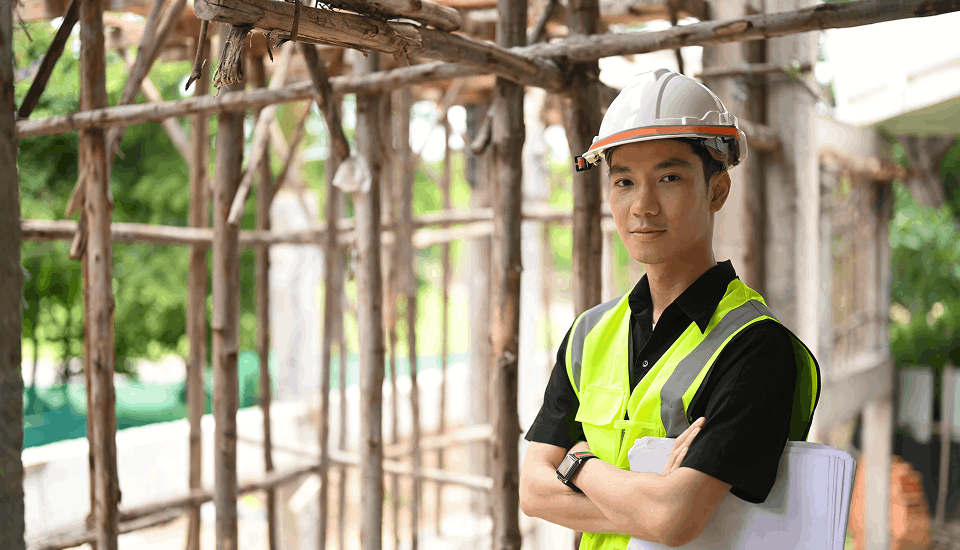
While sustainable engineering solutions offer tremendous benefits for the construction industry, there are several challenges that businesses face when trying to implement them. However, with the right outsourcing strategies, these hurdles can be overcome efficiently.
1. High Upfront Costs
Sustainable building solutions often come with higher initial costs compared to traditional methods. These include expenses for eco-friendly materials, energy-efficient technologies, and green certifications. Outsourcing can help alleviate some of these costs by:
- Accessing affordable expertise: Offshore consultants can provide cost-effective solutions for green design, energy analysis, and material sourcing.
- Reducing material costs: Through outsourcing, firms can source sustainable materials from global suppliers at more competitive prices.
2. Lack of In-House Expertise
Many AEC firms may not have the internal capabilities or expertise needed to implement advanced sustainable engineering practices. To fill this gap, outsourcing allows companies to:
- Collaborate with specialists: Offshore experts can provide in-depth knowledge of the latest sustainable design techniques, energy efficiency practices, and material innovations.
- Train in-house teams: Firms can leverage outsourced teams to upskill their local workforce in sustainable construction practices, ensuring long-term benefits.
3. Navigating Regulatory Hurdles
In Australia, there are complex regulations regarding green building standards, particularly when it comes to certifications from bodies like the Green Building Council of Australia (GBCA). Outsourcing helps businesses overcome these hurdles by:
- Hiring outsourced regulatory experts: Offshore consultants with knowledge of green building codes and certification requirements can ensure that projects are compliant with local regulations and global sustainability standards.
- Streamlining the certification process: Outsourcing green certification services helps AEC firms get quick approvals for their projects, reducing delays and avoiding costly errors.
4. Resistance to Change
Many businesses may face internal resistance to adopting sustainable building practices due to unfamiliarity with the technologies and concerns about cost and time. Outsourcing can help address this by:
- Providing knowledge transfer: Offshore experts can share best practices and showcase successful projects that demonstrate the value of sustainable engineering solutions.
- Facilitating smoother transitions: By outsourcing tasks to experienced professionals, companies can implement green building solutions without overwhelming their in-house teams.
With outsourcing as a strategy, AEC firms can mitigate the challenges of adopting sustainable engineering solutions, leading to more cost-effective, efficient, and successful green projects.
The Future of Sustainable Construction in Australia
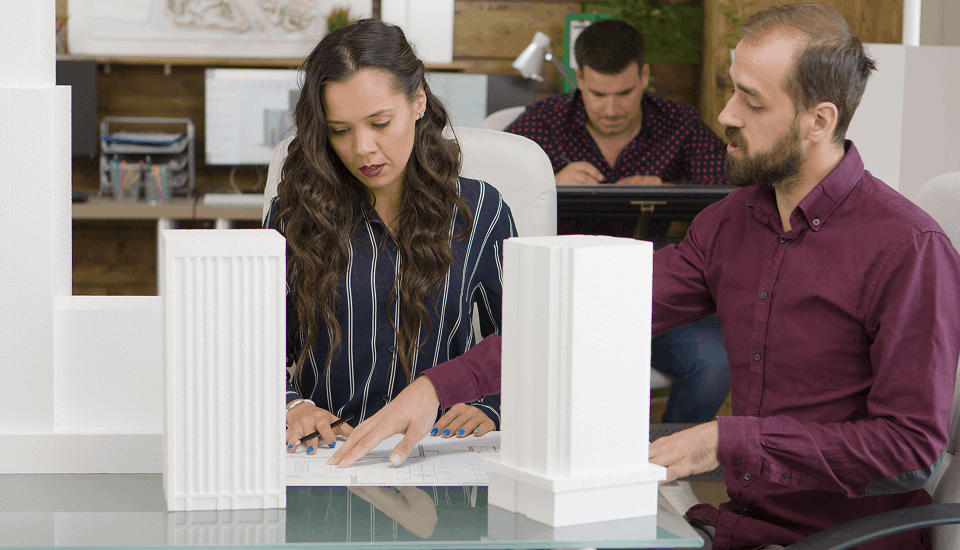
The future of sustainable construction in Australia is bright, and outsourcing will play a critical role in accelerating the green building movement. As technology advances and sustainability becomes an increasingly urgent concern, AEC firms will rely on sustainable engineering solutions to remain competitive and meet rising demands for eco-friendly buildings.
1. Trends Shaping Sustainable Construction
Several key trends are shaping the future of sustainable construction in Australia. First, there is an increased adoption of smart technologies in buildings. Australia is moving towards smart buildings that integrate renewable energy systems, energy-efficient solutions, and automated systems to enhance performance and sustainability.
Another significant trend is the rise of modular and 3D-printed construction. These innovations help reduce waste, shorten project timelines, and enable energy-efficient designs. Sustainable materials, such as recycled materials and low-carbon solutions, are also becoming more common as the construction industry strives to reduce its carbon footprint. Finally, net-zero buildings, designed to generate as much energy as they consume, will become more prevalent in the coming years, with a focus on energy storage solutions.
2. How Outsourcing Will Drive Green Innovation
Outsourcing will play a pivotal role in the widespread adoption of sustainable engineering solutions. By outsourcing to offshore specialists, firms can access global expertise in the latest sustainable technologies and trends without the overhead of in-house hiring. Outsourcing also allows firms to leverage cost-effective solutions for green building design, energy modelling, and certification services, helping them stay within budget while meeting sustainability goals.
Additionally, outsourcing enables faster project timelines. Offshore teams can help speed up project delivery, allowing firms to complete green construction projects ahead of schedule, meeting client demands for quickly delivered sustainable buildings. Collaboration with offshore specialists will also enhance innovation, integrating the latest sustainable practices, materials, and systems that may not be readily available locally.
3. Predictions for Sustainable Construction in Australia
Looking ahead, we can expect several important changes in the sustainable construction landscape. Government incentives are likely to increase as Australia works toward its carbon-reduction targets. These incentives could include grants and tax breaks for green buildings.
As sustainability becomes a major factor in property valuation, green building standards will see widespread adoption. More developers will seek green building certifications, such as those from the Green Building Council of Australia (GBCA), to ensure their projects meet the highest environmental standards.
The role of outsourcing will become even more significant as firms strive to meet Australia’s net-zero emissions targets. Outsourcing will enable them to adopt the latest green technologies and sustainable practices without facing resource constraints, making it an essential strategy for success in the future of sustainable construction.
Conclusion: Why AEC Firms Should Leverage Outsourcing for Sustainability
As the demand for sustainable construction grows, AEC firms must adopt sustainable engineering solutions to remain competitive. Outsourcing offers a cost-effective, scalable solution to meet this demand, enabling firms to access global expertise and adopt cutting-edge green technologies. By partnering with offshore specialists, firms can accelerate their transition to sustainable construction, reduce operational costs, and drive innovation, helping to shape the future of green building in Australia.
Ready to embrace sustainability?
If your business is looking to outsource construction roles and sustainable engineering solutions, Staff Domain offers expert services in green building design, energy modelling, and regulatory compliance, helping firms drive efficiency and innovation.
About Staff Domain
Staff Domain’s offshore outsourcing solutions connect your business to a highly experienced global talent pool for game-changing results. Manage your offshore workforce effortlessly with our comprehensive compliance, payroll, and HR support, and benefit from fixed, transparent pricing in your local currency. Contact us today or schedule a meeting with our sales team to quickly source the right offshore team for your business.
FAQs About Sustainable Engineering Solutions and Outsourcing in Construction
1. How does outsourcing help AEC firms implement sustainable engineering solutions?
Outsourcing allows AEC firms to access global expertise in green design, energy efficiency, and sustainable materials, without the need for hiring additional in-house staff. Offshore specialists can help firms accelerate green projects, reduce costs, and ensure compliance with green certifications like those from the Green Building Council of Australia (GBCA).
2. What are the main benefits of outsourcing sustainable engineering tasks?
The primary benefits of outsourcing include:
- Cost savings: Access affordable expertise for energy modelling, material sourcing, and green design.
- Faster project delivery: Outsourced teams can quickly handle tasks like certification and compliance, speeding up project timelines.
- Access to innovation: Offshore experts bring cutting-edge green technologies and best practices that may not be available locally.
3. Can outsourcing help with green certifications like GBCA?
Yes! Outsourcing allows AEC firms to work with specialists who have expertise in navigating the certification processes, ensuring that projects meet the GBCA’s green building standards and other sustainability certifications. This ensures faster approval and smoother project execution.
4. What sustainable engineering solutions can be outsourced in construction?
Key roles that can be outsourced include:
- Energy-efficient design and modelling
- Green materials sourcing
- Energy performance analysis
- Green building certification consulting
- Sustainability compliance and regulatory expertise
Outsourcing these roles helps firms achieve cost-effective, sustainable construction, keeping projects within budget and on schedule.









